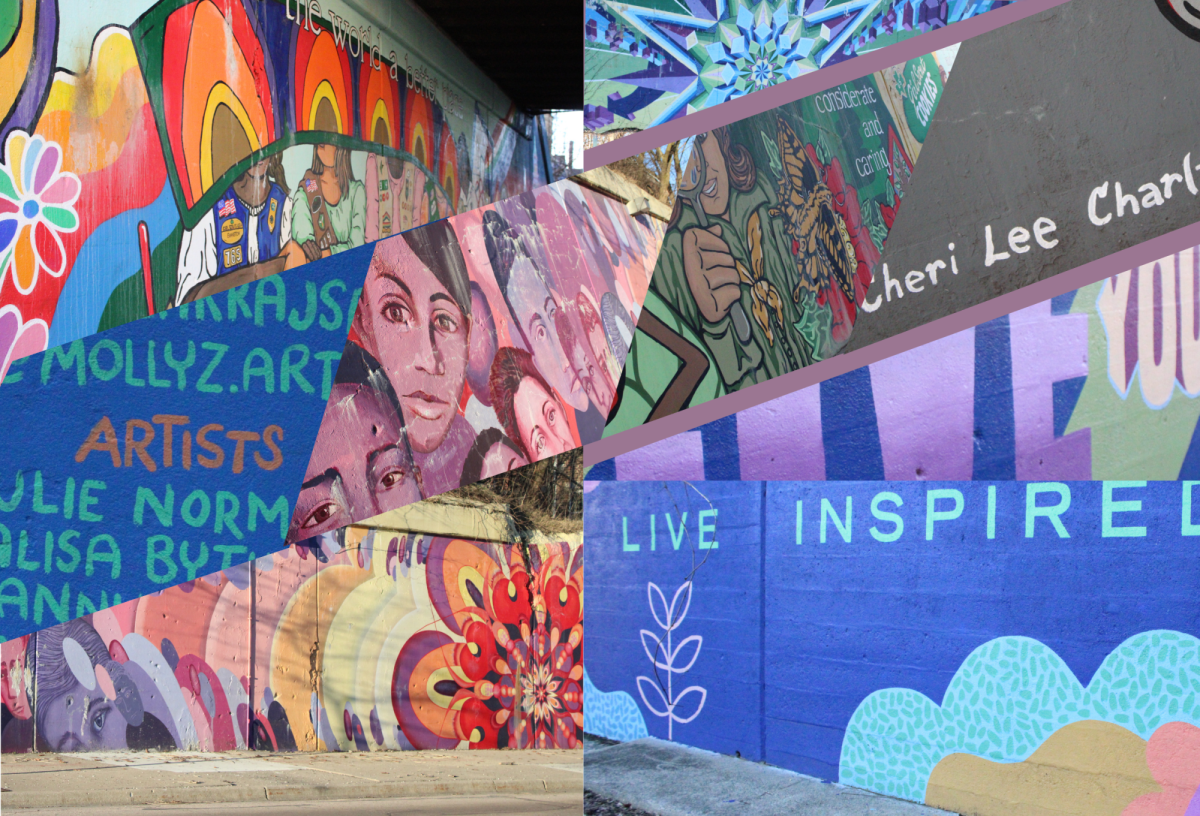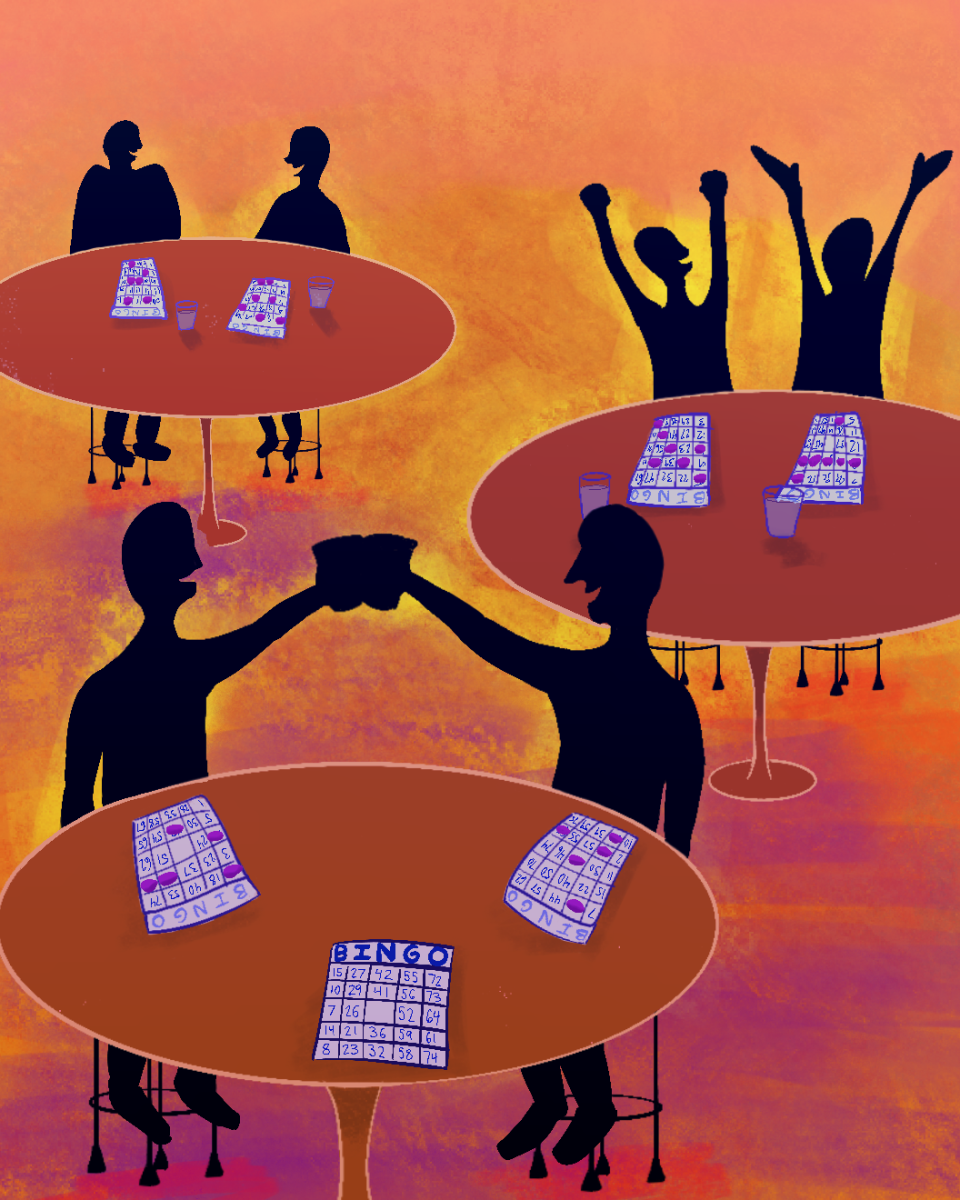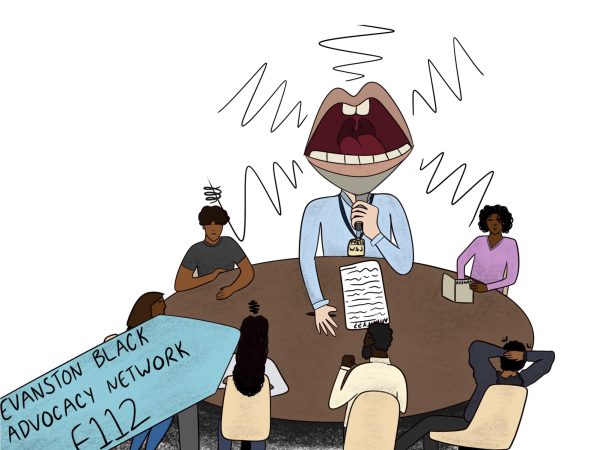Opinion | It’s not easy being green: How perception shapes our reality
September 23, 2022
Green Fruit Loops taste different from the red ones even though they have all the same flavoring. The colors really don’t serve any purpose beyond making a decorative, more exciting bowl of cereal than Cheerios, yet lots of people perceive each color as tasting different. The only reason for this perception is the difference in our personal flavor associations with each color.
The myriad of colors that are present in our everyday world are perceived differently by everybody because color is dependent on the unique combination of your eyes’ cone cells responding to different wavelengths. In essence, perceiving color is extremely subjective. For instance, when various people were asked what the color green was, they each had a different answer. Colors in the same picture of the famous gold-and-white or blue-and-black dress was seen differently by those who saw it, hence the controversy (it’s gold and white, though). People also equate certain colors to different weather patterns and, subsequently, the emotions that weather promotes. For example, one might be happy when the leaves change but gloomy when it’s overcast. Color plays an important role in our lives, whether we’re aware of it or not.
An easy way to see the impact that color has is on stage.
“A lot of the time, color is used in theater: in costumes, in lighting, in set pieces behind the people, and in makeup. And the colors will oftentimes be tied to the emotions that you would tie them to in general. Like, red being angry or intense; blue being sad; purple being calm. They can help portray the emotion happening in the scene. And you wouldn’t even notice it in the audience. But just by having the color scheme changed, or a character wearing a certain color, having a certain color on them, the feelings are shown upfront,” says Charlie Kingsbury, a sophomore at ETHS. When asked what the color green tastes like, their answer was lime.
Another place where color is a major component is, of course, in art.
“Some art is colorless, and some art absolutely needs color. There’s beautiful pieces that are black and white and there are pieces that don’t work without color. It depends on the intention of the artist,” says Matthew LaFleur, an Evanston illustrator who is currently working on illustrating a book called The Isle of Stuck Faces, a book-long poem about a kid named Steve (“Stick”) who’s warned about the dangers of making a rude face and having it stick that way, and learns about manners and respect on the ensuing adventure. “There are a lot of factors that go into choosing a color because it depends on the project and the art itself. It’s such a broad question.”
When asked about how color impacts the memorability of art, LaFleur replied, “Without color, some pieces of art wouldn’t be as remembered as they are now because they’re all about color. Seurat and Cezanne and Mondrian and Monet and Warhol, everybody’s art was all about color. Monet painted the same haystack at different times of day [specifically] to study color and shadows.” LaFleur’s perception of green is mint.
Color is still used to reinforce outdated sexist stereotypes, which is harmful for kids.
“[Color] affects a lot of people who are way more insecure about their masculinity. [For] me personally, my favorite color is purple. I love purple. I have a purple water bottle. I wear purple all the time. I like to wear brighter colors sometimes, but a lot of people who are more insecure don’t feel ‘masculine enough’ to wear certain colors. Even [before] we’re born: a boy is blue, and a girl is pink,” says senior Andrew Skinner.
“I’ve heard people say you’re ‘girly’ or ‘not masculine enough’ if you like pink or purple or yellow, traditionally more ‘dainty’ colors. Then there’s all of the harsh colors like red or green or black that are ‘masculine’ colors. My little cousin, he’s in the fourth grade, and his favorite color has been black for five years. And I don’t think it’s because he’s insecure about his masculinity, I think it’s because he’s a kid and he’s taught, ‘This is a girly color. You shouldn’t like that color.’ I slay in pink. [The ‘masculinity’ mindset] is really stupid. Wear what you want to wear.” Skinner’s green is sugary icing on cake, unless it’s a light green.
The general consensus is that color is more of a personalized concept than a tangible fact. Something so scientific as a color deficiency doesn’t mean someone is completely blind, they just see the world in a different way than those without one. In a very specific example of a very specific color, something as universal as the color green tastes unlike other’s perceptions of it: lime, arugula, sugary icing, celery, dirt, mint, Jell-O, smoothie. Some people think their flavor of green is the “right” and “only” flavor. Even if all the Fruit Loops taste the same, it’s important to break down stereotypes about how ideas surrounding one color are harmful to other colors and even within different shades of the same color. Showing how appreciated and valuable every color is and acknowledging that everybody has their own versions and ideas of the same color is a good place to start. Someone’s purple might be another person’s blue, which implies that color itself doesn’t matter. The only priority is perception.














